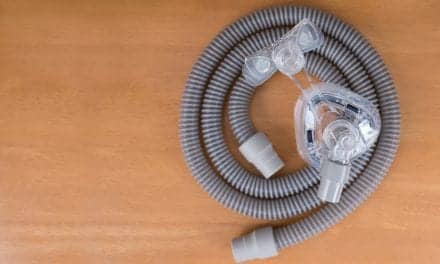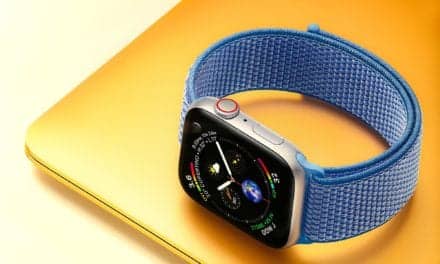Neurostimulation for sleep apnea doesn’t have decades of patient data like CPAP, but Inspire and remedē’s 1- and 5-year outcome studies show sustained benefits.
Inspire Upper Airway Stimulation was approved by the US Food and Drug Administration in 2014 to treat obstructive sleep apnea. It is the culmination of decades of development and research, says Kent Lee, MS, MBA, a research fellow at Inspire Medical Systems, who helped develop the technology. Since it became available, many patients have seen positive results, including in the long term.
“Where the idea came from was work in the ’80s, where scientists were trying to understand the root cause of sleep apnea,” Lee says. “One of the things that they understood was that they knew that the EMG [electromyography] activity of muscles around the tongue actually decreased around periods of apnea. So the first thought was, okay, we know that the muscle itself is responsible for sleep apnea and how do we go after that as a mechanism for treatment.”
Using that muscle activity as a target proved fruitful—and sustainable. Inspire’s STAR clinical trial 5-year outcomes showed improvement in sleepiness (as measured by the Epworth Sleepiness Scale), with normalization of scores increasing from 33% to 78%. The apnea-hypopnea index (AHI) response rate at 5 years (AHI <20 events per hour and >50% reduction) was 75%. When a last observation carried forward analysis was applied, the responder rate was 63% at 5 years, while serious device-related events all related to lead/device adjustments were reported in 6% of patients.
Real-world data from patients treated with neurostimulation is also available for up to one year of use via the ADHERE registry. This multi-center international registry of patients with moderate or severe obstructive sleep apnea treated with Inspire shows a dramatic improvement in symptoms. Particularly, the data shows large drops in the AHI. After 12 months, the median AHI was reduced from 32.8 to 9.5. Serious adverse events were reported in 2.3% of patients.










